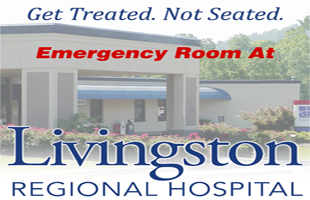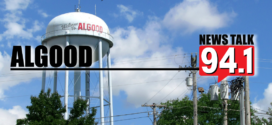T-DOT included a $193 million project to build an Interstate 40 truck climbing lane between Cookeville and Monterey in its new ten-year plan, announced Monday morning.
Work on the project would begin in 2029. T-DOT chose the project to “add capacity, address safety concerns, and serve freight movement to a section of rural interstate that can be difficult for trucks to navigate.”
The project will be funded through traditional state and federal funding.
The new ten-year plan also includes the widening of Interstate 40 around South Jefferson Avenue. That project’s cost is estimated at $57.4 million with a construction date set for 2032. Right-of-way acquisition would take place in 2029. The project is one of five rural interstate widening projects statewide.
Money from the State’s Transportation Modernization Act will assist with the widening of Willow Avenue in Putnam County. Construction on the $69 million project would begin in 2028 with engineering beginning next year. The state will also allocate some $1.5 million toward the Willow Avenue/Jackson Street intersection with construction set for 2024.
Clay County’s State Route 52 Bypass is included in the plan with a price tag of $12.4 million.
The state will fund two pieces of the Highway 127 project in Cumberland County through the 10-year plan. Construction will begin in 2029 on turn lanes around the Flat Rock development, a $15.5 million project.
The Transportation Modernization Act calls for some $15 billion to be spent over the next ten years, with 85 percent set to be spent in the first five years. Commissioner Butch Eley said the plan balanced the needs of rural and urban areas. Eley said all previously planned projects were repriced and reprioritized to include in the plan.
Eley said a big departure from the previous way of approaching roads is what gets started will get finished.
“This is a great start,” Eley said.
Though trucks are required to use the right lanes in climbing Monterey Mountain, they rarely do so. The State Highway Patrol said earlier this year it did not prioritize the area for enforcement. The slow downs lead to multiple accidents along the stretch, further slowing traffic.
The Upper Cumberland is part of T-DOT region two.
 News Talk 94.1/AM 1600 Where The Upper Cumberland Talks
News Talk 94.1/AM 1600 Where The Upper Cumberland Talks







